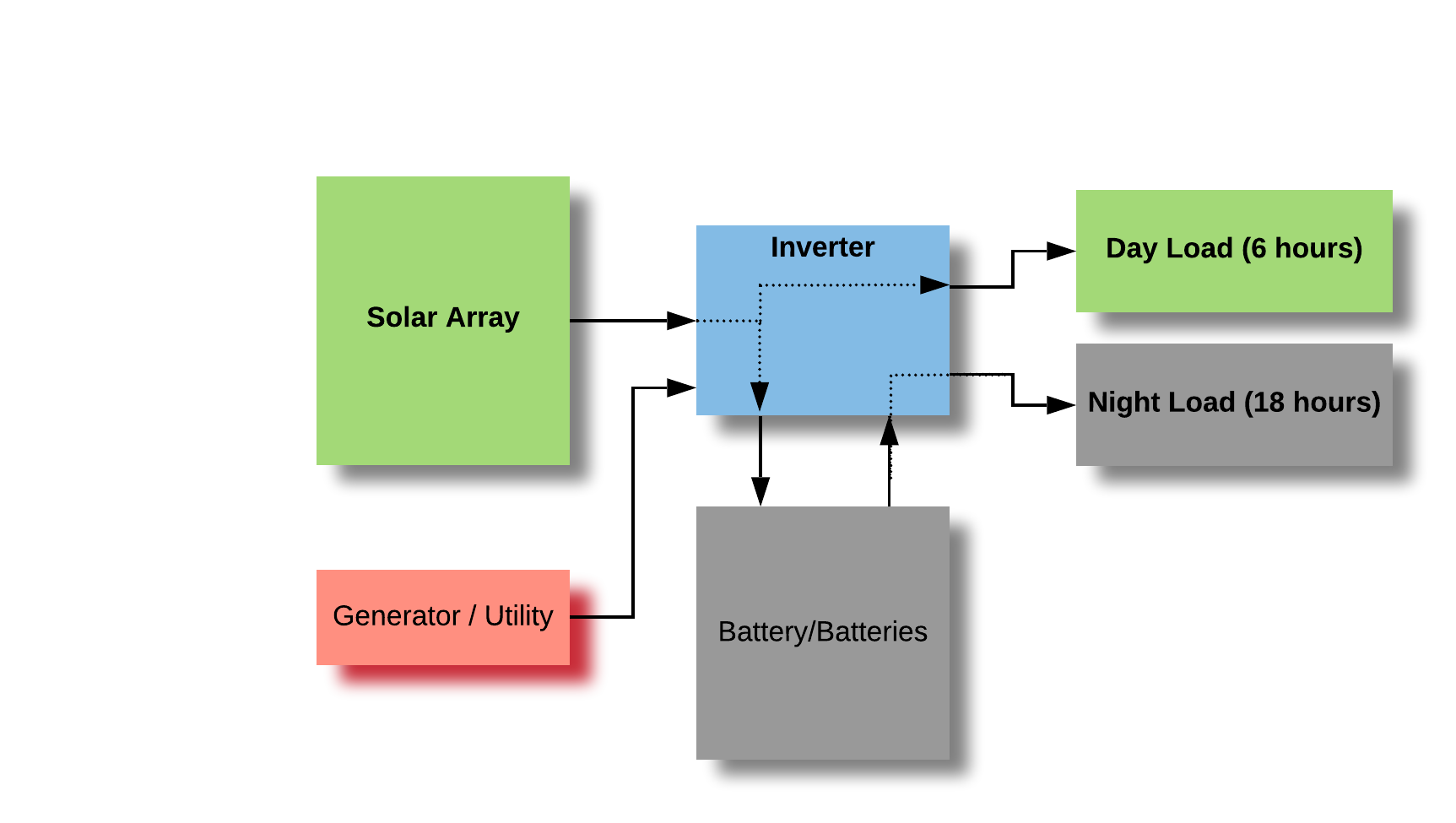Solar System Sizing Tool & Calculator
Solar System Sizing Tool & Calculator
The following tool is intended to assist users to calculate a size of an entry-level solar system for home use, which includes the solar panels, inverter, batteries and user load. Products listed and its information is that of The Sun Pays solar products. The tool utilizes product information such as efficiencies in order to give a more realistic solar system design.
Disclaimer: The tool is intended to be used as a guide. The Sun Pays can not be held responsible for the outcome of the results of the tool. It is still the end-user's responsibility to confirm if the selected equipment will be suitable for the user's needs or to obtain professional help from accredited installers.
Feedback: The solar sizing calculator is still a work in progress. At the current stage, the solar sizing calculator is only for 48V solar systems. For requests and feedback, please contact us.
How to use the tool:
Step 1: Fill in the user load. A list of common items is provided. Choose the number of hours the items in used in the day and night
Step 2:Choose the battery type and configuration.
Step 3 A: Choose the solar panel configuration. The panel configuration will be the panels in series and how many series arrays will there be in parallel.
Step 3 B: Choose the type of solar panels.
Step 4: Choose the inverter type.
Step 5: Review the feedback and make changes to the system setup if required.

Cost Estimate
-
Inverter(s) Cost:
R
-
Solar Panels Cost:
R
-
Batteries Cost:
R
-
Ancillaries:
R
-
Total:
R
Please send me a quote!
If you would like to receive a quote on the above selected items, please fill in your details below and submit it to us:

